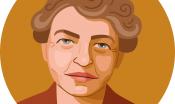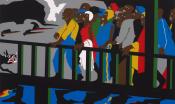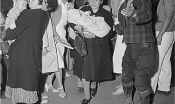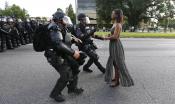text
Informational
1947: Jackie Robinson Integrates Baseball

Suzanne Bilyeu details how Jackie Robinson's gift for playing ball eventually united a team of 30 men and gave hope to hundreds of thousands of African Americans. These feats came at a great cost to Robinson physically, mentally and emotionally as he endured hate and hardships on and off the field
July 7, 2014



